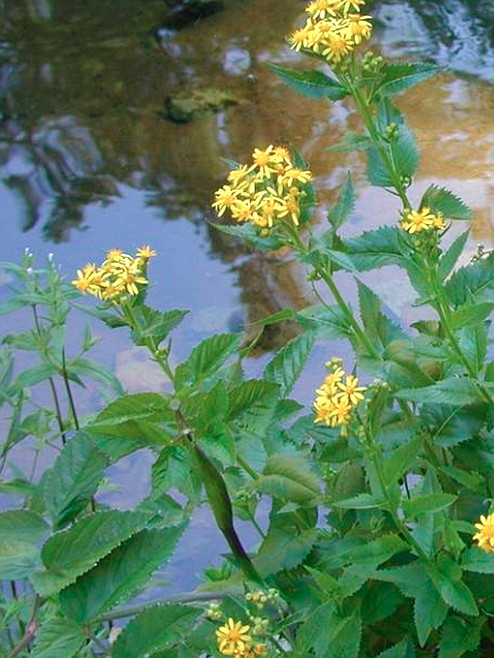Arrowleaf Groundsel makes nice addition to wildflower gardens
Arrowleaf Groundsel (Senecio triangularis) is a colorful member of the Aster family with buttery yellow, daisy-like flowers.
This hardy perennial is found throughout western North America in moist woodlands and meadows, in avalanche slopes and along streambanks...
Become a Subscriber!
You have read all of your free articles this month. Select a plan below to start your subscription today.
Already a subscriber? Login



